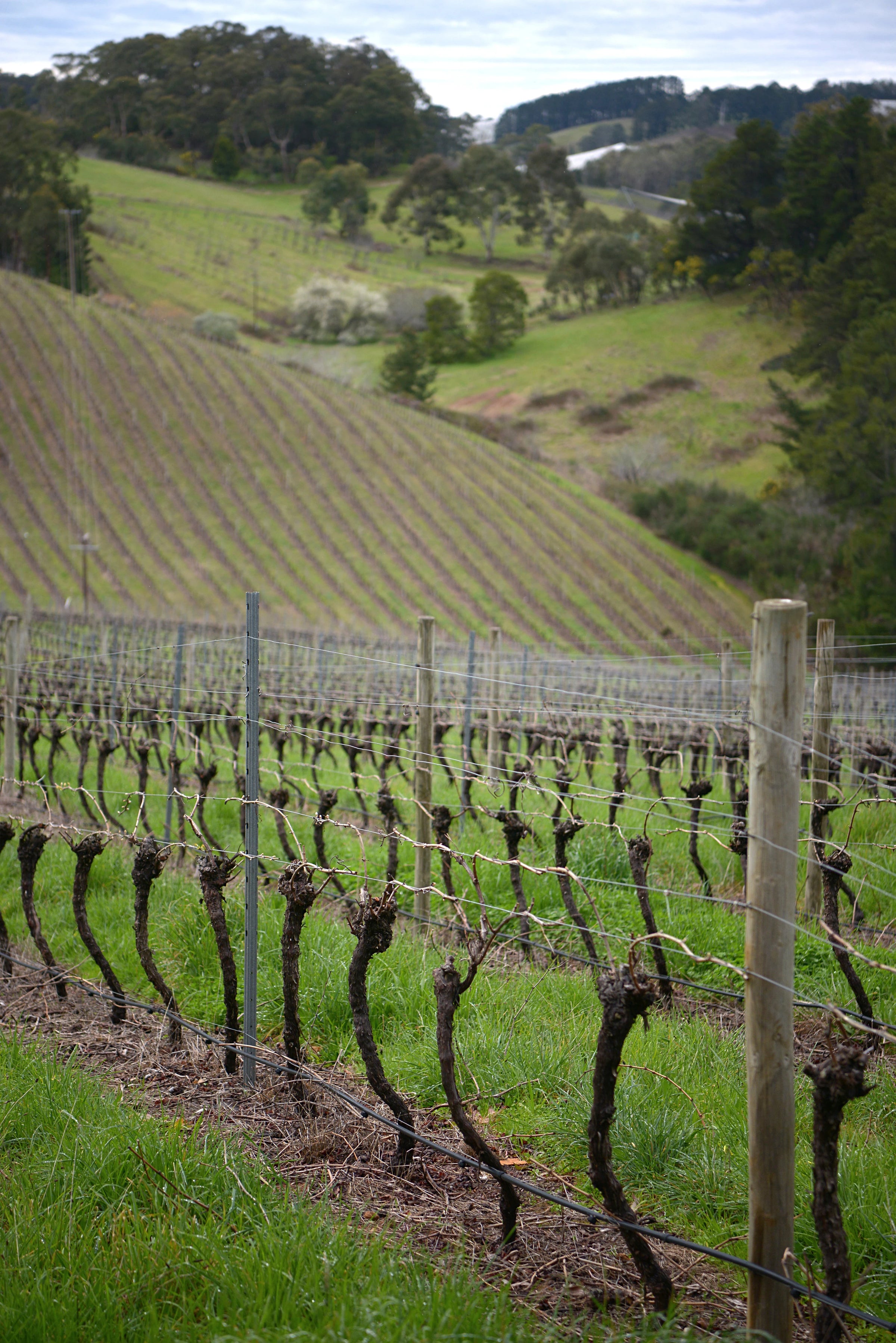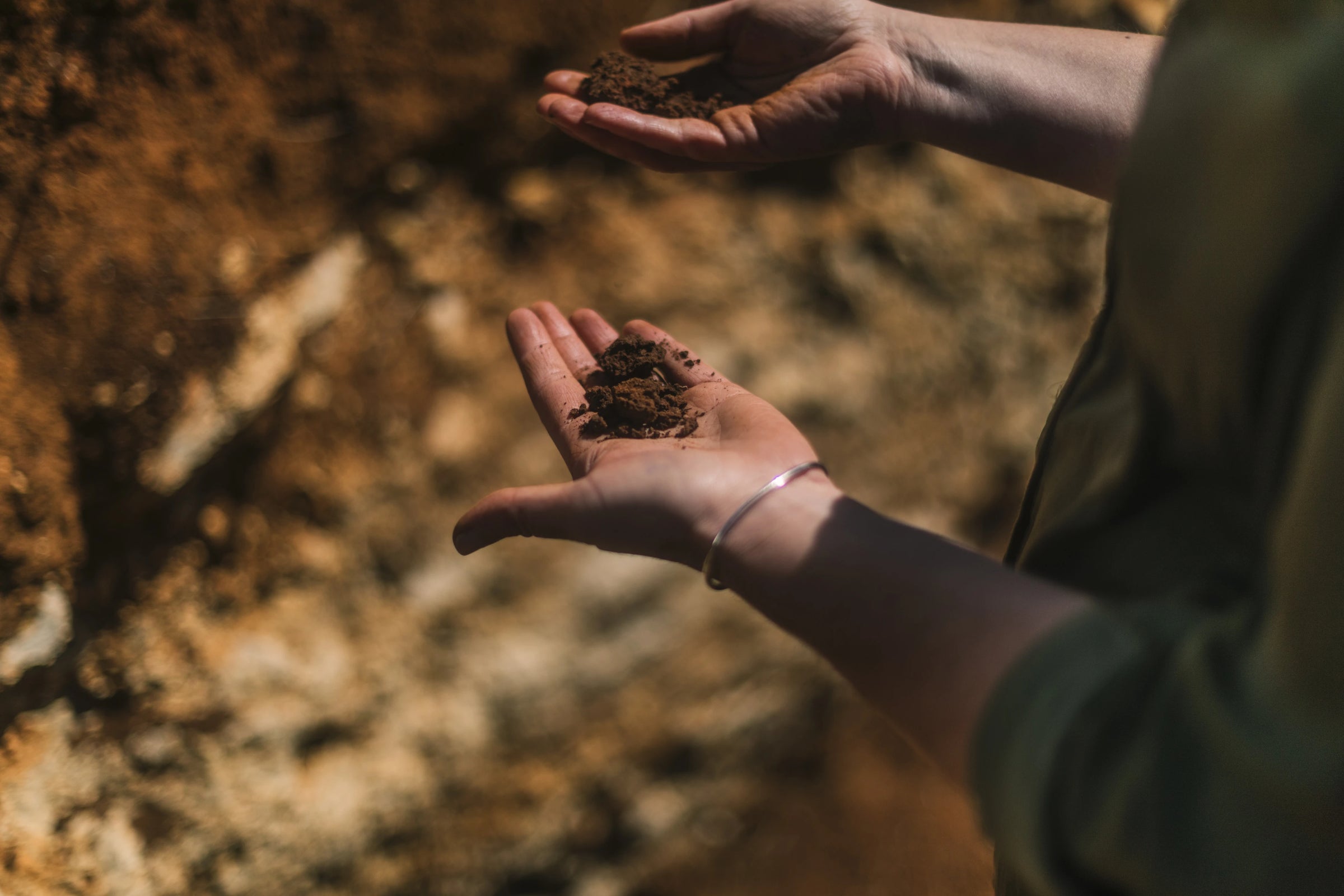I bet the couple behind Sucette would love the Spanish Garnacha we offered earlier today. I say this because (a) I know them and (b) one of their missions in life has been to showcase the “prettier” side of the Grenache grape. Richard Betts and Carla Rza Betts are a globe-trotting duo with hands in all sorts of wine and spirits projects, but their true love is Grenache grown in sand. If that seems like a weird thing to be in love with, you’ve obviously never tasted the ethereal Châteuneuf-du-Pape of Château Rayas, which is the stylistic inspiration for Richard and Carla’s Sucette, grown in the Vine Vale district of Australia’s Barossa Valley.
To give you an idea of just how much they love South Australian sand-grown Grenache, consider this: They live in Amsterdam, travel constantly (Richard also makes mescal, among other things), but didn’t hesitate when they had the chance to purchase a stand of Grenache vines estimated to have been planted between 1860-1880. Now called the “Rza Block,” this dry-farmed, own-rooted parcel is the main source for Sucette, a 100% Grenache that is as silky, seductive, perfumed—and, yes, pretty—as they come. “When planted in the right place and made the right way,” say Carla and Richard, “Grenache becomes the warm-climate analog to Pinot Noir.” With today’s 2017, they walk the walk in grand style.
The Vine Vale district is the smallest and coolest of the Barossa Valley subzones, situated near the eastern foothills of the central Barossa Valley. The topsoil is a fine-grained, loose sand, derived from weathered granite from the Barossa Ranges and Eden Valley. As sand does not retain water well, the vines are forced to send roots into the heavier clays and limestone below. There are also cooling breezes that run from the Eden Valley down to the Barossa “valley floor” below, creating the all-important diurnal temperature shifts so critical to preserving acidity in grapes.
For their 2017 edition of Sucette, Richard and Carla included about 20% whole grape clusters during fermentation, noting that they reduced that percentage versus ’16 because ’17 was a cooler vintage. The wine was pressed off using an antique wooden basket press and aged in used French oak barrels for about a year before bottling.
There are only a handful of Grenache-based reds in the world that capture the more red-fruited, perfumed side of the variety, and Sucette is one of them. Maybe I’m just being suggestible, but you can’t help but notice a link between the growing conditions and the very fine-grained quality of the tannins here. And while the ’17 Sucette is fleshier, fuller-bodied, and more savory than most Pinot Noir, the perfume is every bit as beguiling: scents of dried rose petals, menthol, spearmint, bay laurel, and orange zest float from the glass alongside lots of red and black cherry, cranberry, raspberry, and dusty earth aromas.
The wine drinks well right out the bottle, even better when decanted for about 30 minutes, and should be served on the cooler side, say 60 degrees, in Burgundy stems. For a food pairing, I’m attaching the same Peking Duck recipe we shared when we offered a previous vintage of this wine. There’s no improving on perfection. Cheers!






